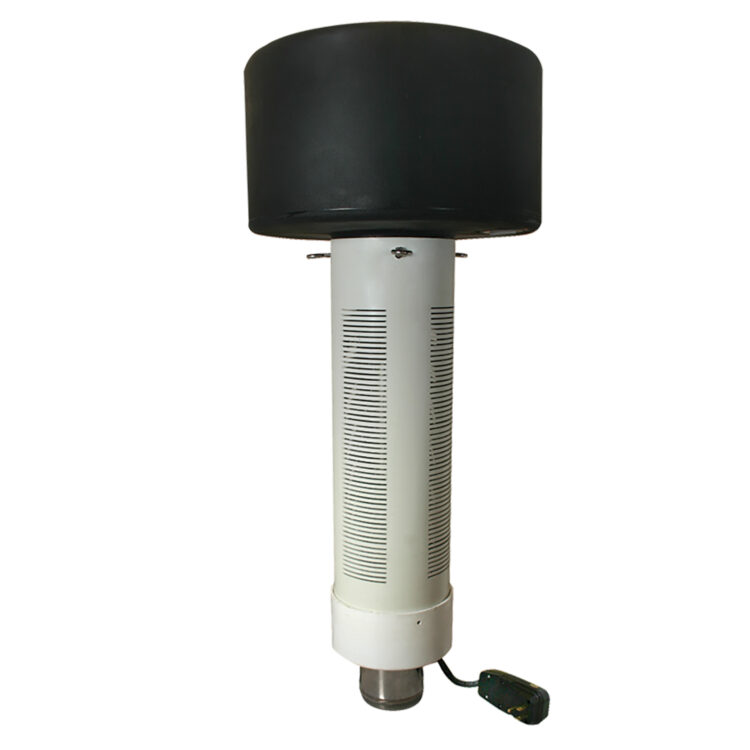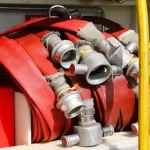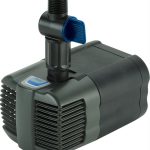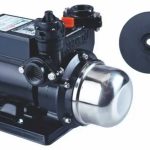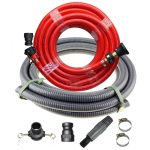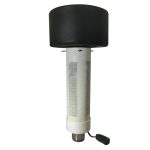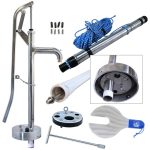Pond and fountain system pumps are essential in large spaces such as parks, resorts, and industrial facilities. These pumps help maintain clean and moving water while adding visual appeal to fountains. However, they often consume more energy than necessary, leading to higher costs and unnecessary wear. By optimizing how these pumps operate, you can significantly reduce energy usage without compromising performance.
When pumps are oversized or run for longer than required, they waste power. This not only leads to high utility bills but also speeds up wear and increases maintenance needs. The good news is that with the right approach, you can save energy, extend the pump’s life, and maintain excellent system performance.
Understand the Specific Needs of Your System
The first step to maximizing efficiency is understanding the specific requirements of your pond or fountain. Is it a small decorative pond or a large industrial water feature? Is it deep or shallow? How much water circulation is necessary for optimal function?
If your pump is too large for the system, it wastes energy. On the other hand, if it’s too small, it will be forced to work harder, increasing wear and power use. By carefully matching the pump to the pond size and water flow needs, you set the foundation for long term energy savings.
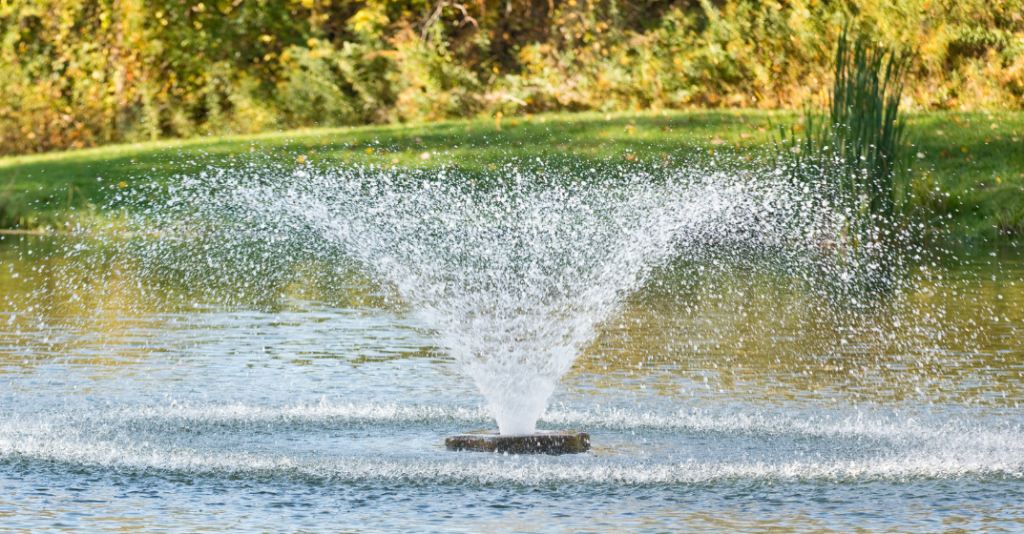
Select an Energy Efficient Pump
Not all pumps are designed the same. Some are engineered for energy efficiency and long term operation, making them cost effective over time.
When selecting a sump dewatering pump or a pond system pump, consider models with high efficiency motors, durable construction such as stainless steel, and an appropriate flow rate for your system. These factors ensure that your pump delivers the right performance while consuming less energy.
Install a Variable Frequency Drive (VFD)
A Variable Frequency Drive is an excellent tool for controlling pump speed according to system demand. During times of lower water flow requirements, the VFD slows the pump down. When demand is higher, it increases speed accordingly.
This dynamic control dramatically reduces energy usage and extends the pump’s operational life by minimizing wear and tear.
Use a Timed Operation Schedule
Your pump doesn’t need to run at full capacity all day. By setting up a timer or smart control system, you can program the pump to operate only when necessary.
Run the pump more frequently during busy hours or warmer seasons, and reduce its operation at night or during colder months. Even cutting a few hours of operation each day can lead to significant yearly energy savings.
Maintain and Clean the Pump Regularly
A dirty or obstructed pump requires more energy to move water and is prone to breakdowns. Routine cleaning is essential for optimal efficiency.
Remove debris such as leaves, mud, and algae from the pump. Inspect and clean filters, screens, and other parts regularly. A clean pump operates more smoothly, uses less energy, and lasts longer.
Monitor Performance with Sensors
Using tools like flow meters or power monitors can help track pump performance. If you notice sudden drops or spikes in performance metrics, it could indicate a developing issue.
Addressing problems early not only saves energy but also prevents expensive repairs down the line.
Optimize Your Piping System
Piping design can significantly affect how efficiently your pump operates. Long, narrow pipes or pipes with many sharp bends increase resistance, forcing the pump to work harder and consume more energy.
Use wider, shorter pipes whenever possible and minimize sharp turns. Promptly repair leaks to prevent energy waste and maintain strong water flow.
Position the Pump Correctly
The placement of your pump directly impacts its efficiency. Ideally, the pump should be located close to the pond or fountain and at a height that minimizes the lift required to move water. Reducing the vertical distance helps lower energy consumption.
Conduct Regular System Inspections
Even the most efficient pump requires regular system checks to maintain performance. Watch for signs such as reduced flow, unusual noise, or excess heat, as these could indicate inefficiencies or mechanical problems. Addressing these early ensures that your pump continues running efficiently.
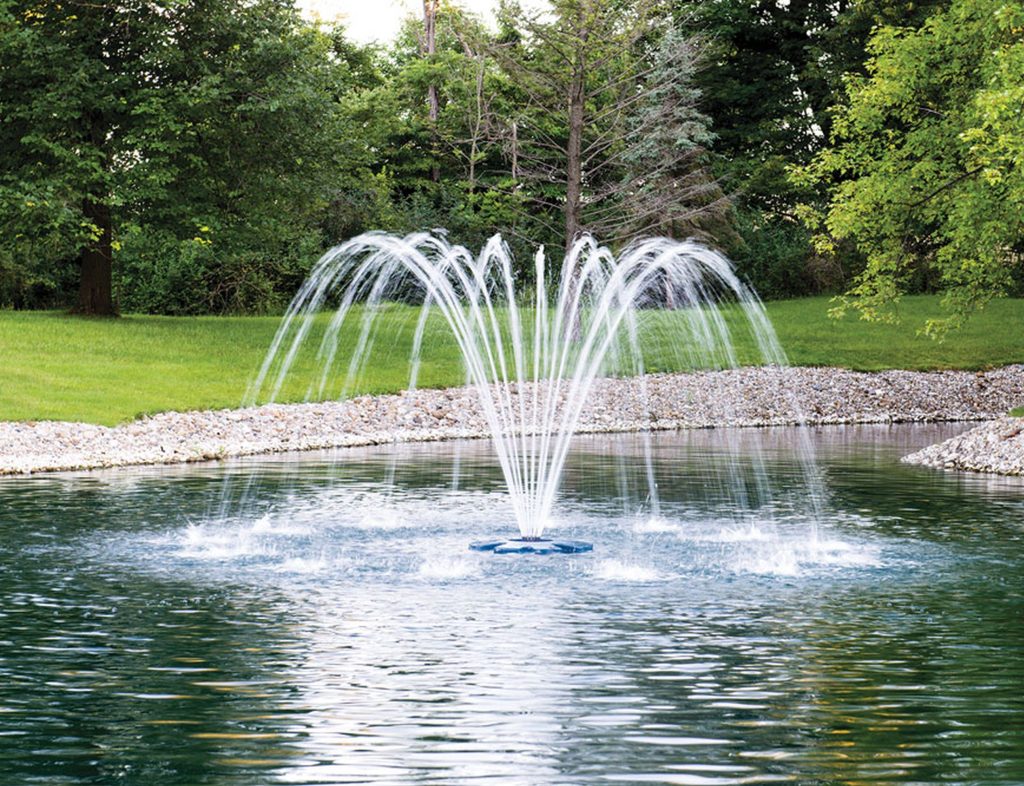
Think About Long Term Efficiency
Investing in energy efficient equipment and a well designed system may have a higher upfront cost. However, the savings on energy bills, reduced repair expenses, and extended pump life make it a smart long term decision. Moreover, reducing energy usage benefits not only your budget but also the environment.
Final Thoughts
Industrial pond and fountain system pumps are vital for maintaining water quality and aesthetics. However, they should not be a constant drain on energy resources. By selecting the right pump, incorporating smart controls like VFDs, maintaining a proper schedule, keeping equipment clean, and ensuring optimal piping and placement, you can maximize energy efficiency.
With these strategies, your system will perform better, cost less to operate, and last longer offering both economic and environmental benefits.

